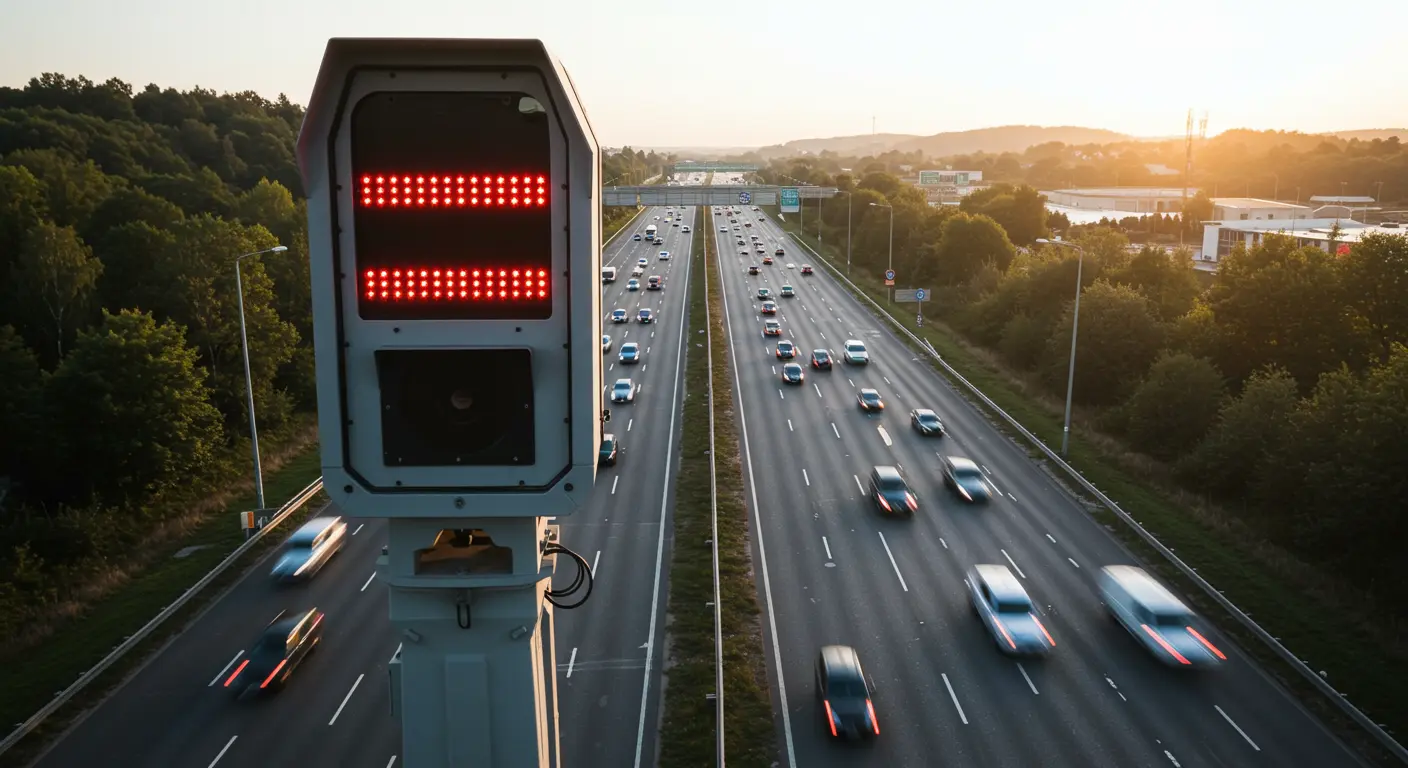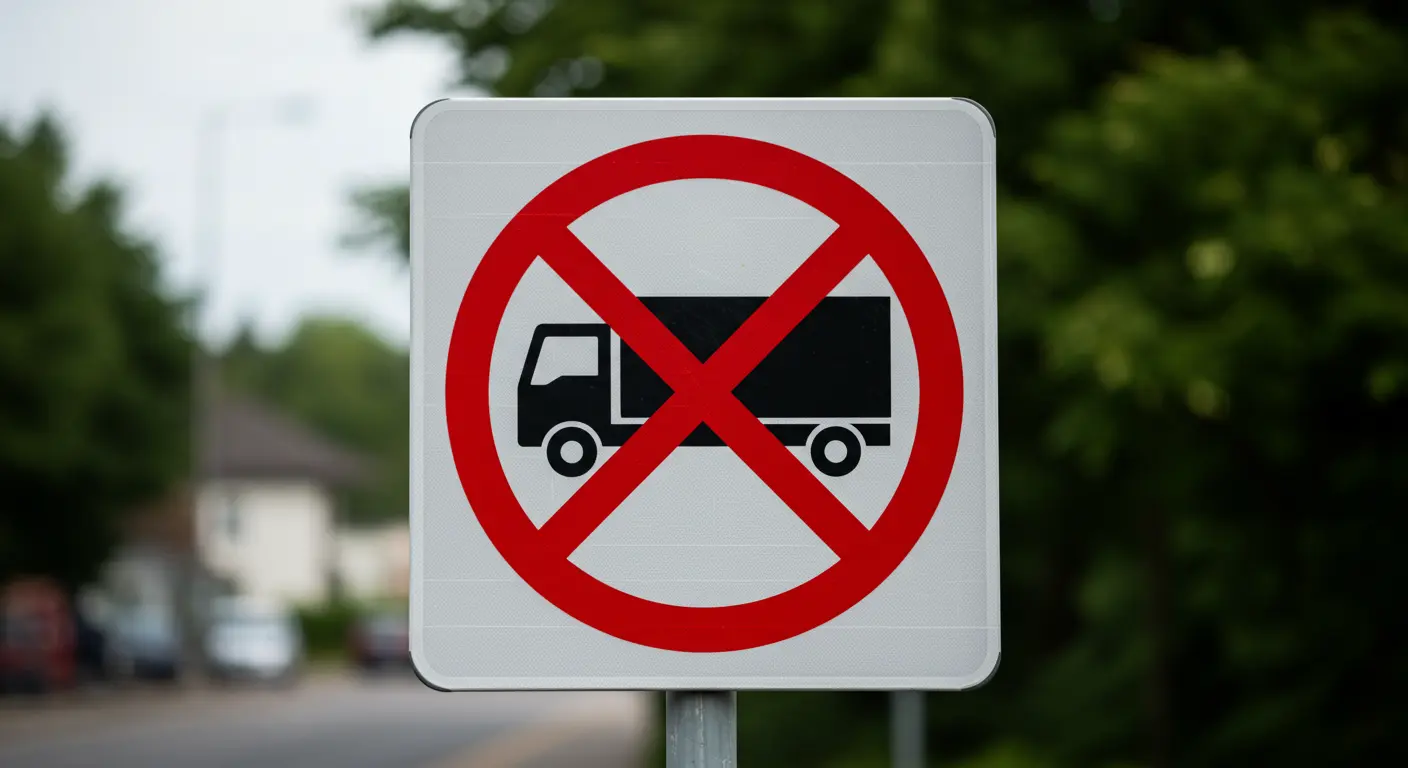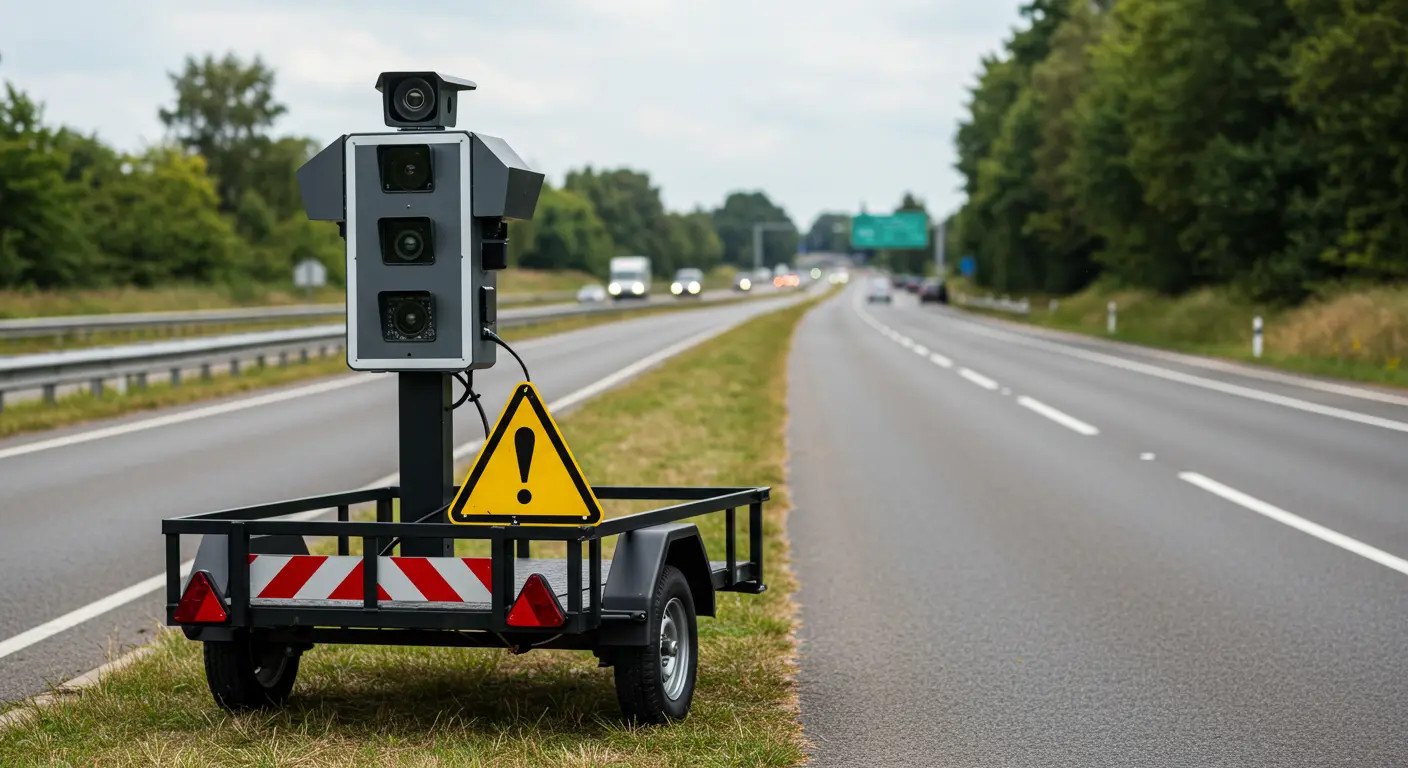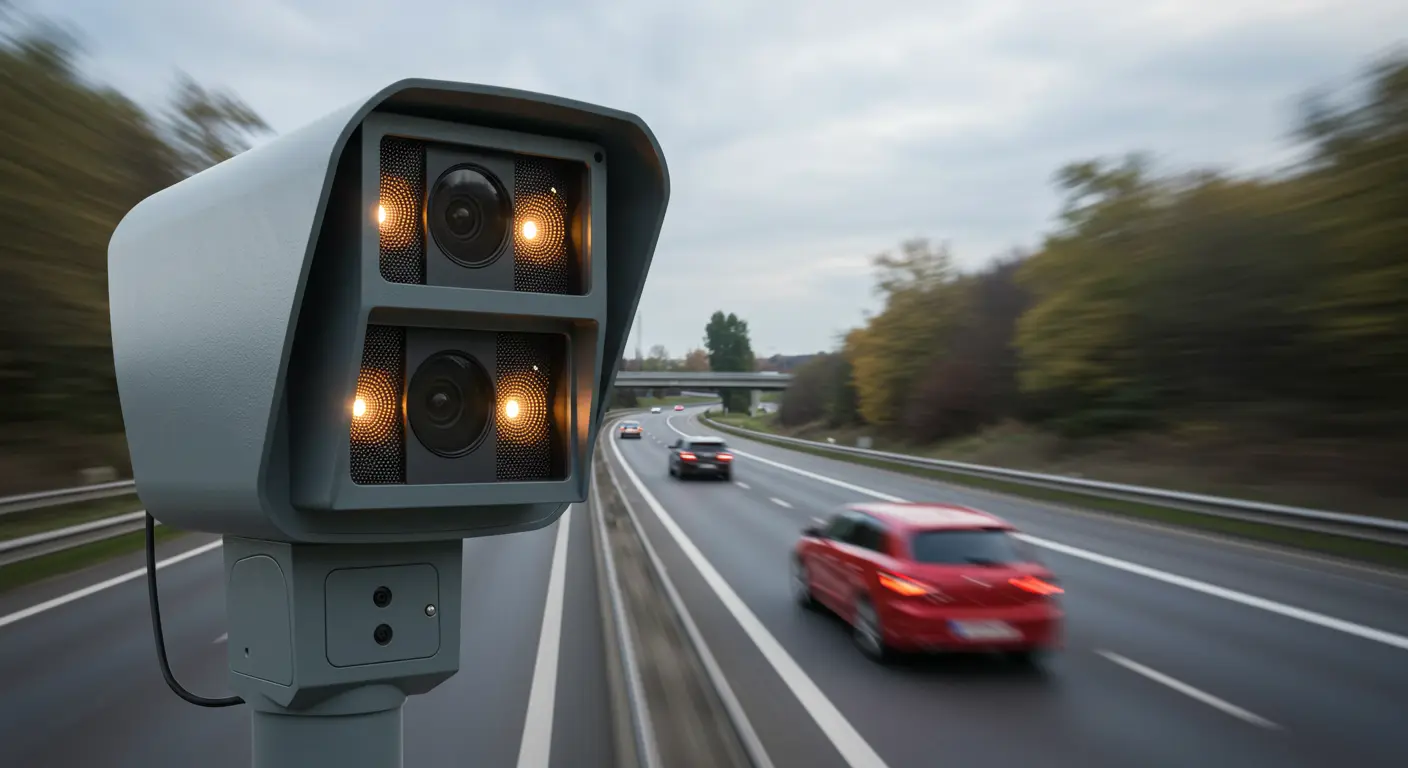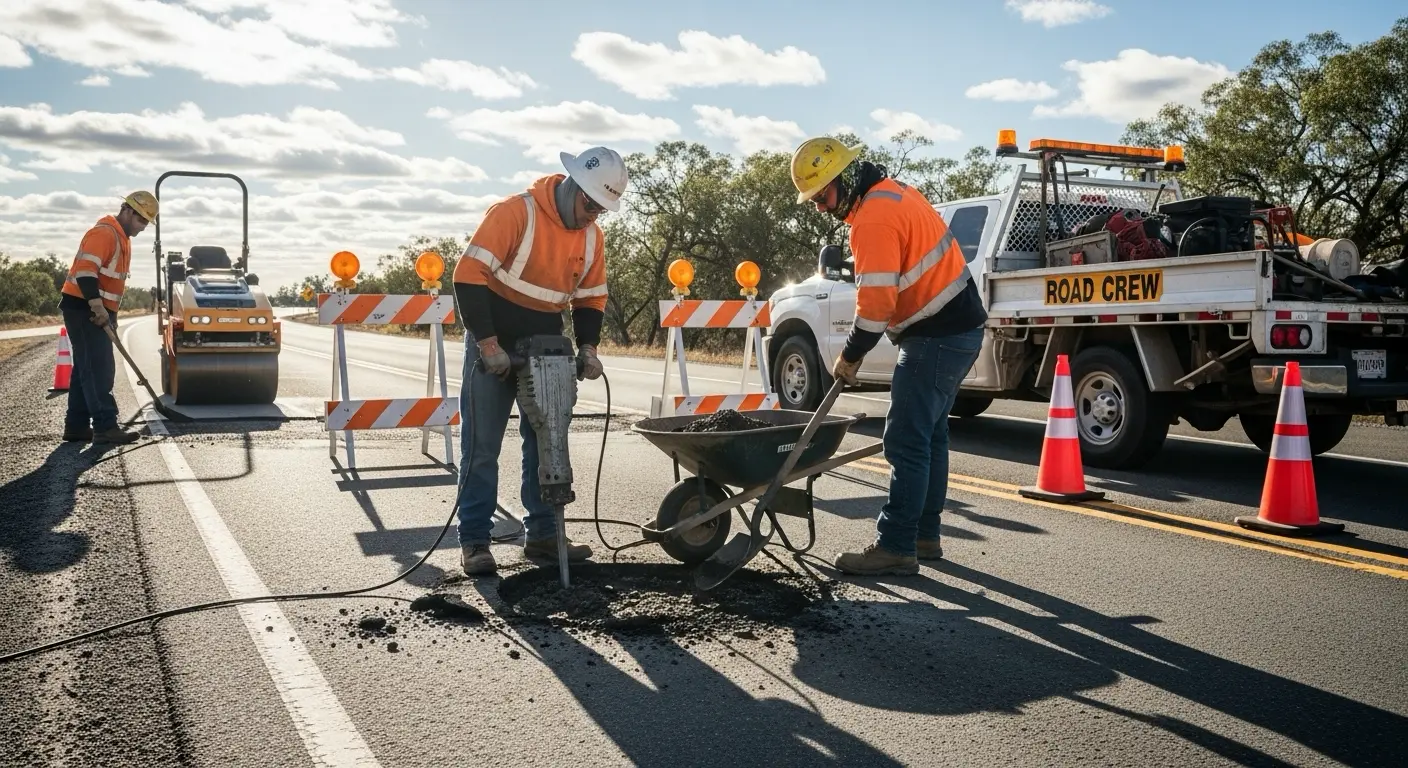Starting July 1, drivers in Victoria will face a major road rule change requiring them to slow down to 40km/h when passing incident response vehicles. This law extends the existing rule, which already applies to emergency services such as police, ambulance, and fire crews.
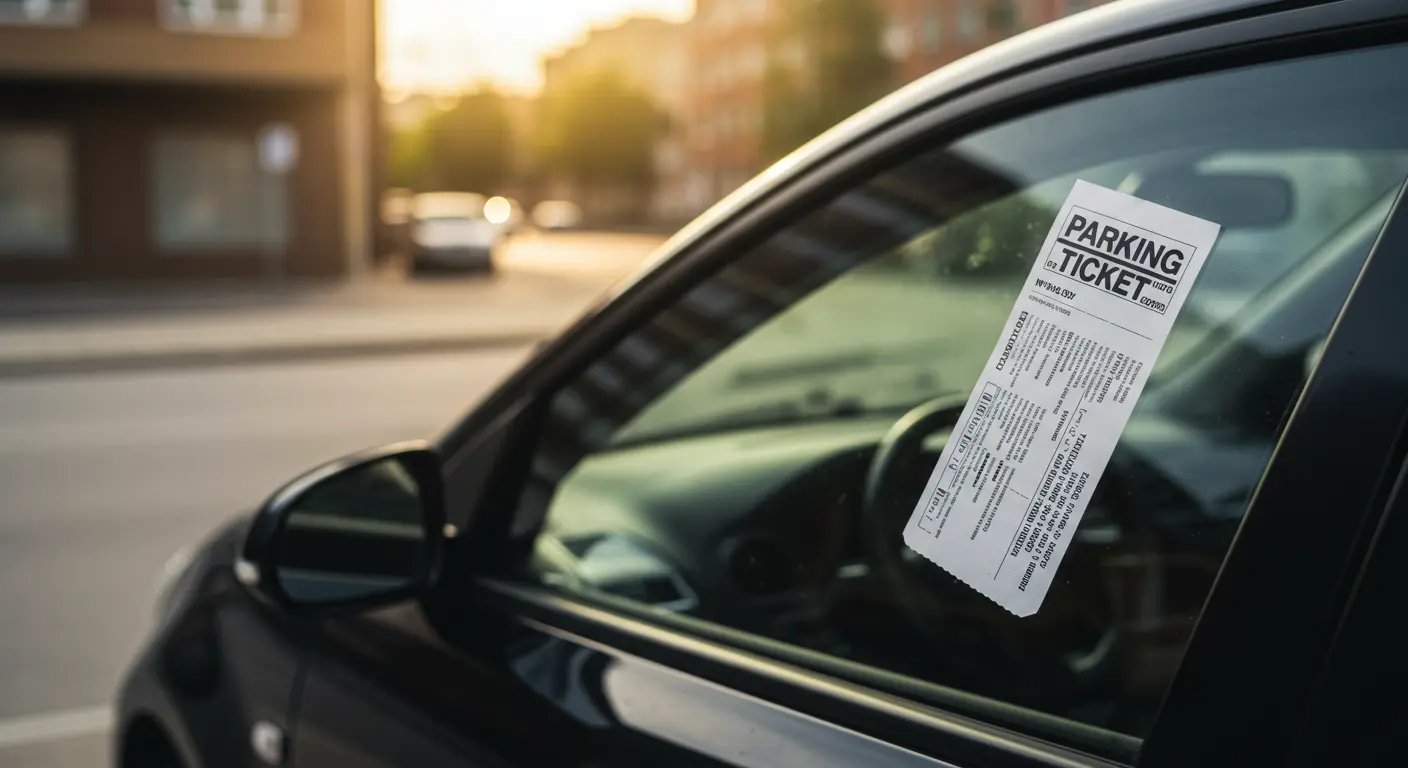
Expanded Protection for Roadside Workers
The updated rule now includes additional roadside workers such as tow truck drivers, mechanics, and roadside assistance personnel. The goal is to provide better safety for workers who operate close to moving traffic.
Enforcement and Penalties
Motorists who exceed the 40km/h limit near incident response vehicles will face penalties. The standard fine for breaking the rule is $346. However, fines can escalate up to $961 depending on the severity of the offence. Importantly, no demerit points will be applied for these infringements.
High Risk for Roadside Workers
Roadside assistance workers frequently encounter dangerous situations. Surveys conducted by the Royal Automobile Club of Victoria (RACV) found that 83 percent of roadside workers experience close calls with passing vehicles at least once a week. Workers often find themselves exposed to speeding vehicles while performing repairs or providing assistance on busy roads and highways.
Broader Push for Roadside Safety
The introduction of this new rule follows growing concerns about the safety of roadside workers. Industry groups, including the Victorian Automotive Chamber of Commerce, have long advocated for more comprehensive protections. These groups highlight that slowing down near all roadside workers, not just emergency services, is a straightforward action that significantly reduces the risk of accidents and injuries.
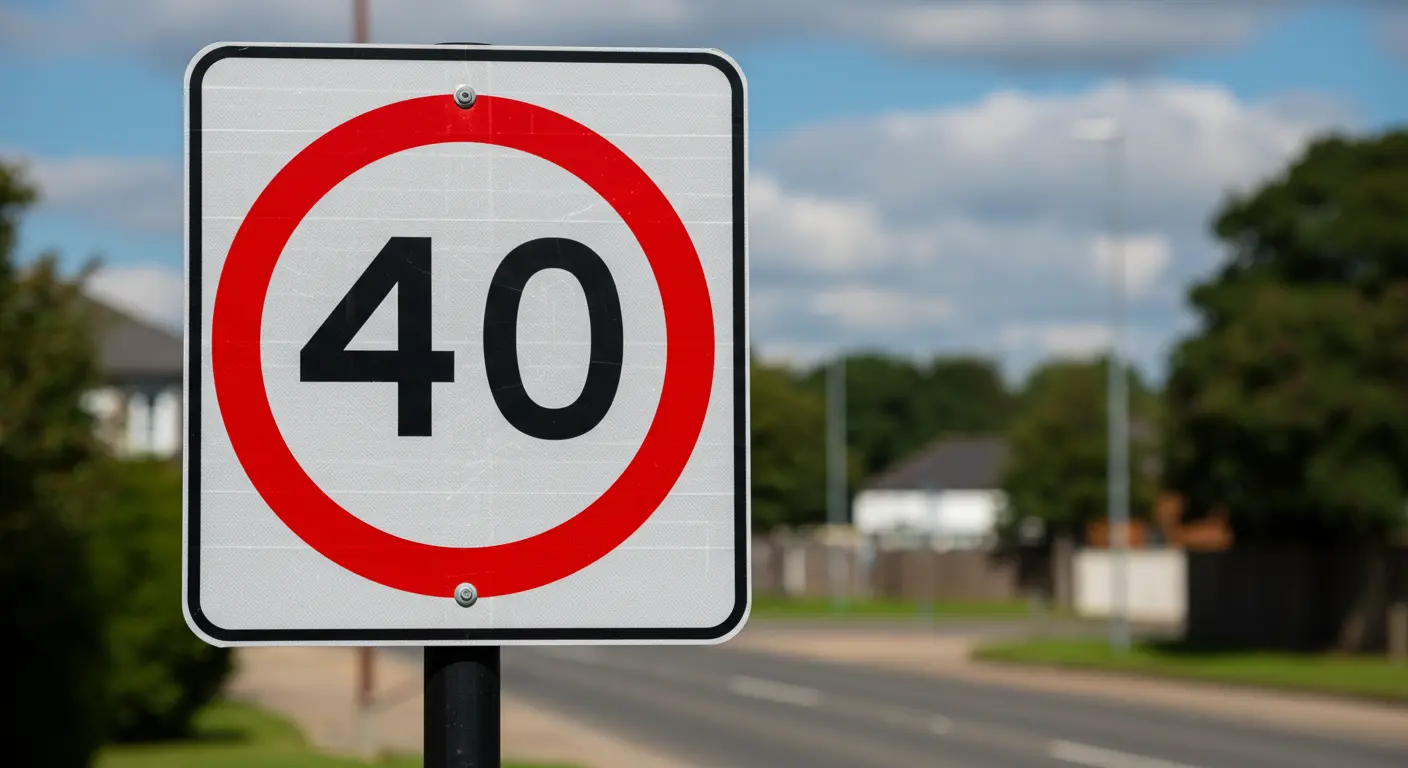
Summary
- Effective from July 1, 2025
- Applies to all incident response vehicles including tow trucks and roadside assistance
- Drivers must slow to 40km/h when passing these vehicles
- Fines range from $346 up to $961
- No demerit points apply
This rule change aims to improve safety for all workers on the roadside and prevent potentially fatal incidents by ensuring drivers reduce speed when approaching vehicles with flashing lights.
